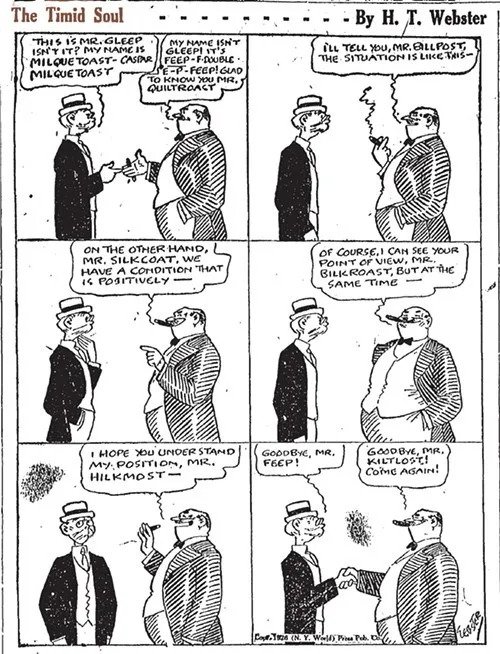I expect you know what ‘phallic’ means. But you’ve probably never heard of ‘yonic’, which is basically the female equivalent* (shakes fist at patriarchy) – an adjective that describes objects or symbols that resemble or represent the female genitalia, particularly the vulva.
‘Yonic’ is derived from a Sanskrit word, ‘yoni’ (योनि), which means ‘womb’, ‘uterus’ or ‘vulva’, as well as ‘source’. In various Eastern religions and spiritual traditions, the yoni is revered as a symbol of divine feminine energy and fertility, and the origin of life. The concept of the yoni is often associated with the goddess Shakti in Hinduism, representing the creative and nurturing aspects of the universe. Yoni and linga (the masculine version) iconography is found in Shiva temples and archaeological sites across the Indian subcontinent and southeast Asia.
The yoni may well be the oldest spiritual icon not just in India but in many ancient cultures. It’s only here in the West that we’ve traditionally treated feminine sexual organs and sexuality as taboo – in Indic religions (i.e. Hinduism, Buddhism, Jainism and Sikhism) and other similar ancient cultures, the yoni has long been seen as as a deep philosophical and cosmic truth that represents feminine power and potential. It’s closely linked with the natural cycles of the moon, earth and life itself. Take that, patriarchy.
Roses are often considered a yonic symbol, which seems a bit odd to me as men often give them to women as a romantic gesture. Maybe they should be giving us more phallic flowers. Like the phallus impudicus, for example, AKA the common stinkhorn, a fungus renowned for being shaped like a penis and for having an absolutely horrible smell. Hmmm, maybe this is why I’m single…
*Which presumably gets paid 13% less than her male counterpart.






